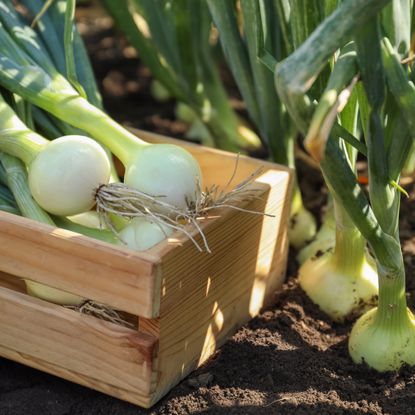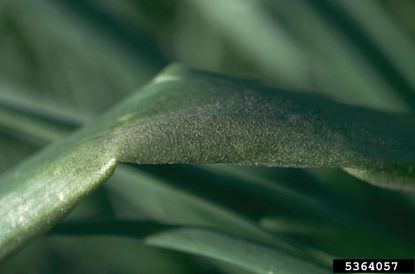Onions
Whether you’re new to growing onions in the garden or an old pro, at some point in time onion problems may become inevitable. Knowing how to care for onions during these times of crises, or simply in general, can help alleviate the stress associated with unwanted onion problems. Continue reading to learn more about growing and caring for onions, find information on onion harvesting and storage, and gather tips for elimination pests, diseases and more.
-
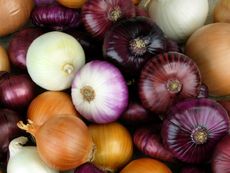
Onion Planting - How To Grow Onions In Your Garden
Growing onions in your home garden is easy and rewarding. Follow these tips for a homegrown onion harvest.
By Ellen Wells
-
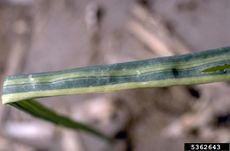
Chimera In Onions – Learn About Plants With Onion Leaf Variegation
Have onions with streaked leaves? If you have done everything by the ?book? and still have onion leaf variegation, what could be the issue? Click on the article that follows to get the answer to ?why are my onions variegated.?
By Amy Grant
-

How To Store Onion Sets: Storing Onions For Planting
Perhaps you found a great early deal on onion sets or maybe you just didn't get to plant them last season. Either way, you need to store them until you are ready for planting, and this article will help with that.
By Heather Rhoades
-
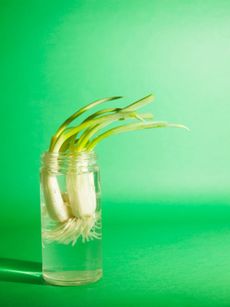
How To Plant Grocery Store Scallions - Can You Regrow Store Bought Scallions
There are many leftover bits of produce that you can re-grow using just water, but growing grocery store green onions is one of the quickest. Click here and learn how.
By Bonnie L. Grant
-
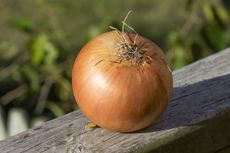
What Are Sweet Onions – Learn About Sweet Onion Growing
Sweet onions are starting to become wildly popular. They get their name not from their high sugar, but their low sulfur content. Sweet onion growing can be a little tricky, however. Learn more about how to grow sweet onions in this article.
By Liz Baessler
-
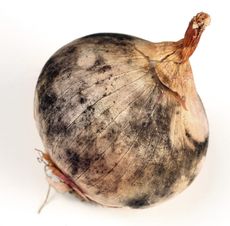
Onion Plant Diseases: Tips For Treating Diseases Of Onion
A wet growing season is bad news for an onion crop. Many diseases, most of them fungal, invade the garden and ruin onions in times of warm, moist weather. Click this article to find out about onion diseases and their control.
By Jackie Carroll
-
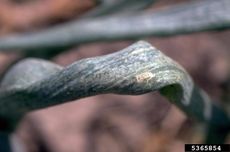
Thrips On Onions And Why Onion Tops Curl Up
If your onion tops curl up, you may have a case of onion thrips. Damage from these pests can wipe out your onion crop, so knowing how to control them is essential. This article will help with controlling onion thrips.
By Nikki Tilley
-
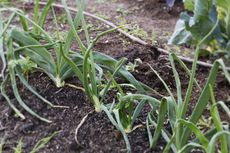
What Is A Spring Onion – Tips On Growing Spring Onions
One of the most versatile veggies is the spring onion. This beauty will bring tears to your eyes (get it?). So what is a spring onion? This article has information about spring onion cultivation and some uses for spring onions. Click here to learn more.
By Amy Grant
-
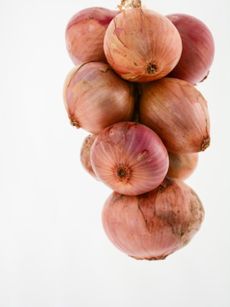
Storing Onions - How To Store Homegrown Onions
Onions are easy to grow and produce a tidy little crop with very little effort. Once the onions are harvested, they can keep a long time if you store them properly. Read here for tips on storing onions from the garden.
By Bonnie L. Grant
-
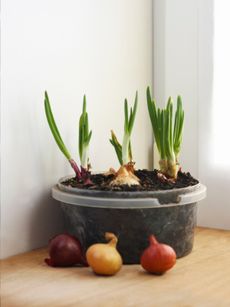
Growing Onions In Container Gardens
Many people would love to grow onions, but due to a small garden, or perhaps no garden at all, they just to not have the room. Growing onions in containers allows you to overcome this problem. Learn more here.
By Heather Rhoades
-
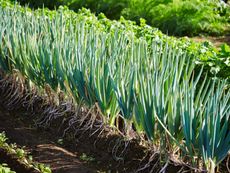
Growing Scallions - How To Plant Scallions
Scallion plants are easy to grow and can be eaten as is, used as flavoring when cooking, or as an attractive garnish. Read here to learn how to plant scallions in the garden and the difference between scallions and onions.
By Nikki Tilley
-
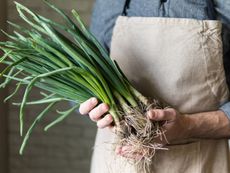
Scallion Picking: How Do You Harvest Scallions
While most people know that scallions are simply young, immature onions that are easy to grow, not everyone is certain about scallion picking or harvesting. This article will help with tips for harvesting scallions.
By Nikki Tilley
-
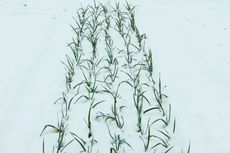
Onion Frost And Cold Protection: Can Onions Tolerate Cold Temps
Can onions tolerate cold temps? That depends on how cold and at what age the onions are. Onion cold and frost protection are simple, but you need to apply the steps before a hard freeze threatens new sprouts. Click here for more.
By Bonnie L. Grant
-
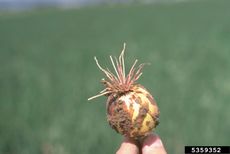
What Is Pink Root Onion Disease
Pink root sounds like something from a high-end salon, but it's actually a problematic disease in onions. Do you know how to tell if your onions are afflicted? If not, this article will help. Read here to learn about this disease and how to treat it.
By Kristi Waterworth
-
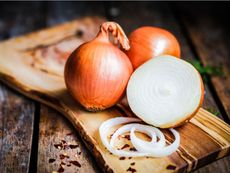
Onion Health Benefits – Growing Onions For Health
The health benefits of onions have been studied and verified, but what are some the benefits that come along with growing them? Find out here.
By Amy Grant
-
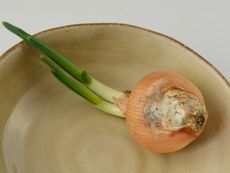
What Is Onion Soft Rot – Learn About Soft Rot In Onions
An onion with bacterial soft rot is a squishy, brown mess and not something you want to eat. This infection can be managed and even completely avoided with good care and cultural practices, but once you see the signs of it, treatment is not effective. Learn more here.
By Mary Ellen Ellis
-
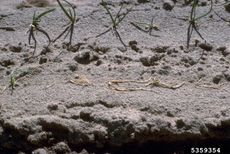
What Is Onion Pythium Rot: Treating Pythium Root Rot Of Onions
Pythium root rot of onions is a nasty fungal disease that can live in the soil for long periods of time, just waiting to take hold and attack onion plants when conditions are right. Prevention is the best defense, since it is difficult to control. Click here for more info.
By Mary H. Dyer
